A Short Guide to Avila, Spain: Things to Do in Saint Teresa’s Hometown
Last updated on January 28, 2025
When I visited Madrid, it was so hard picking which day trips to go on. As a medieval enthusiast, I easily decided on Avila. The town is known as a medieval town with pristine walls, and also the home of St. Teresa de Jesus. I ventured there to step back in time several hundred years.
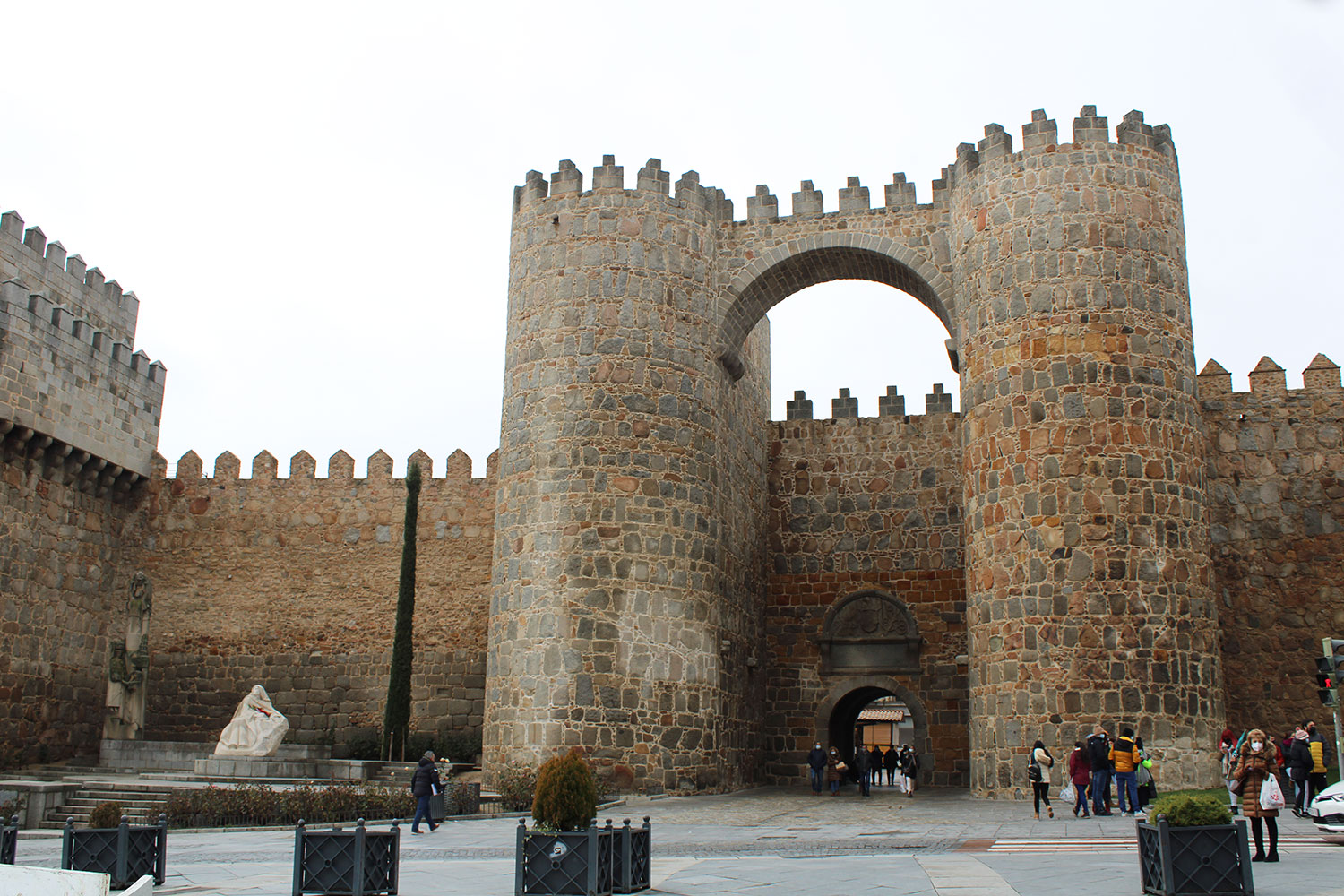
Some of Avila’s History
Avila existed since before the Roman era but it’s known today for its developments during the medieval period. Though it retains a Roman city structure, the incredible Avila walls were constructed in 1090, and landmarks such as the cathedral were built in the centuries that followed. The town is a UNESCO World Heritage Site.
Avila is not particularly notable in its history but is known as being the home of St. Teresa of Jesus, also known as St. Teresa of Avila. She was born in Avila in 1515 and moved into the town’s Carmelite monastery at about 20 years old. However, her true awakening did not come until 1554, when God started talking to her. She started around the country and founded many Carmelite monasteries as God had told her to. She also wrote several books of her experiences, which are still available for reading today. She died in 1582 and is not buried in Avila.
Things to Do in Avila
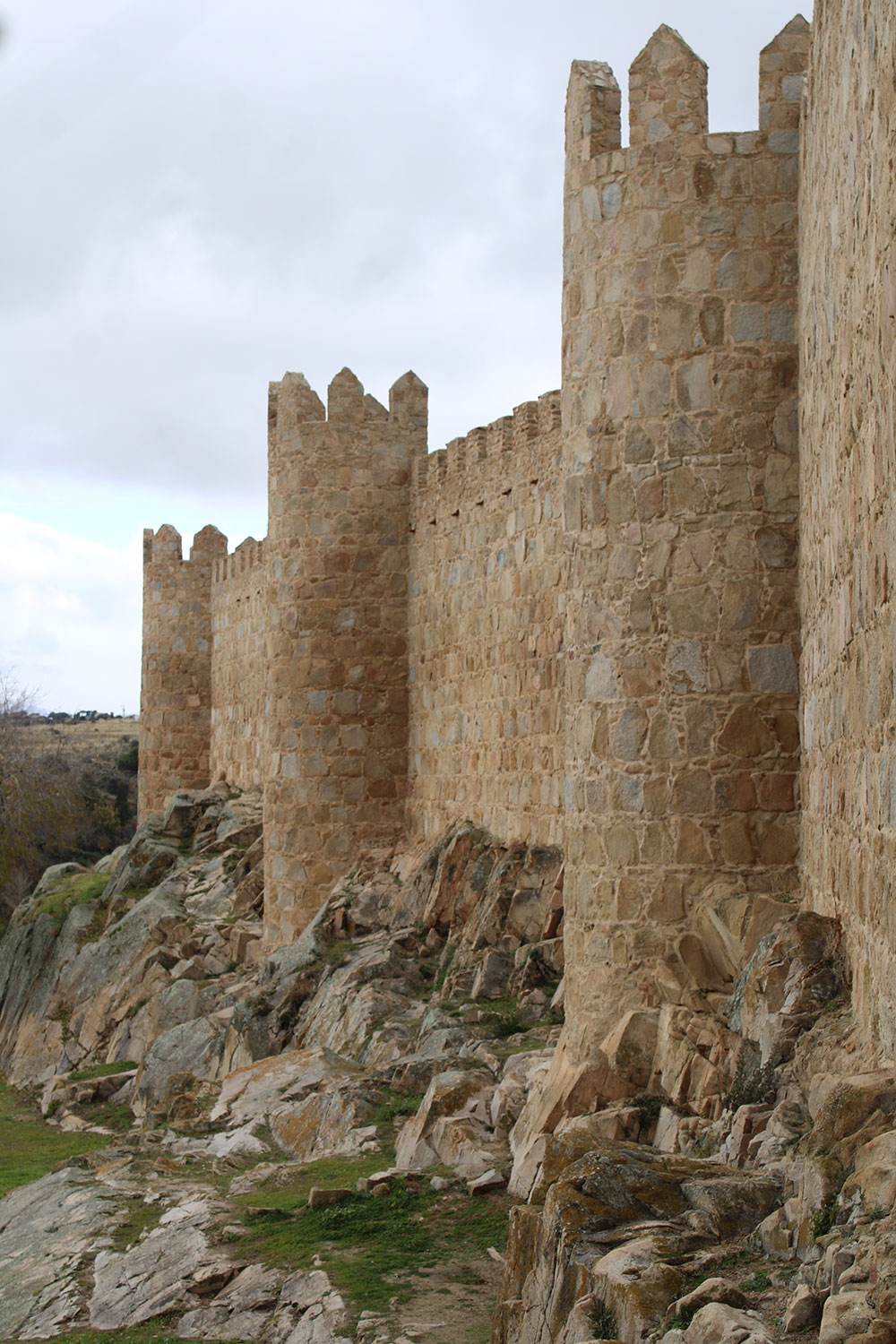
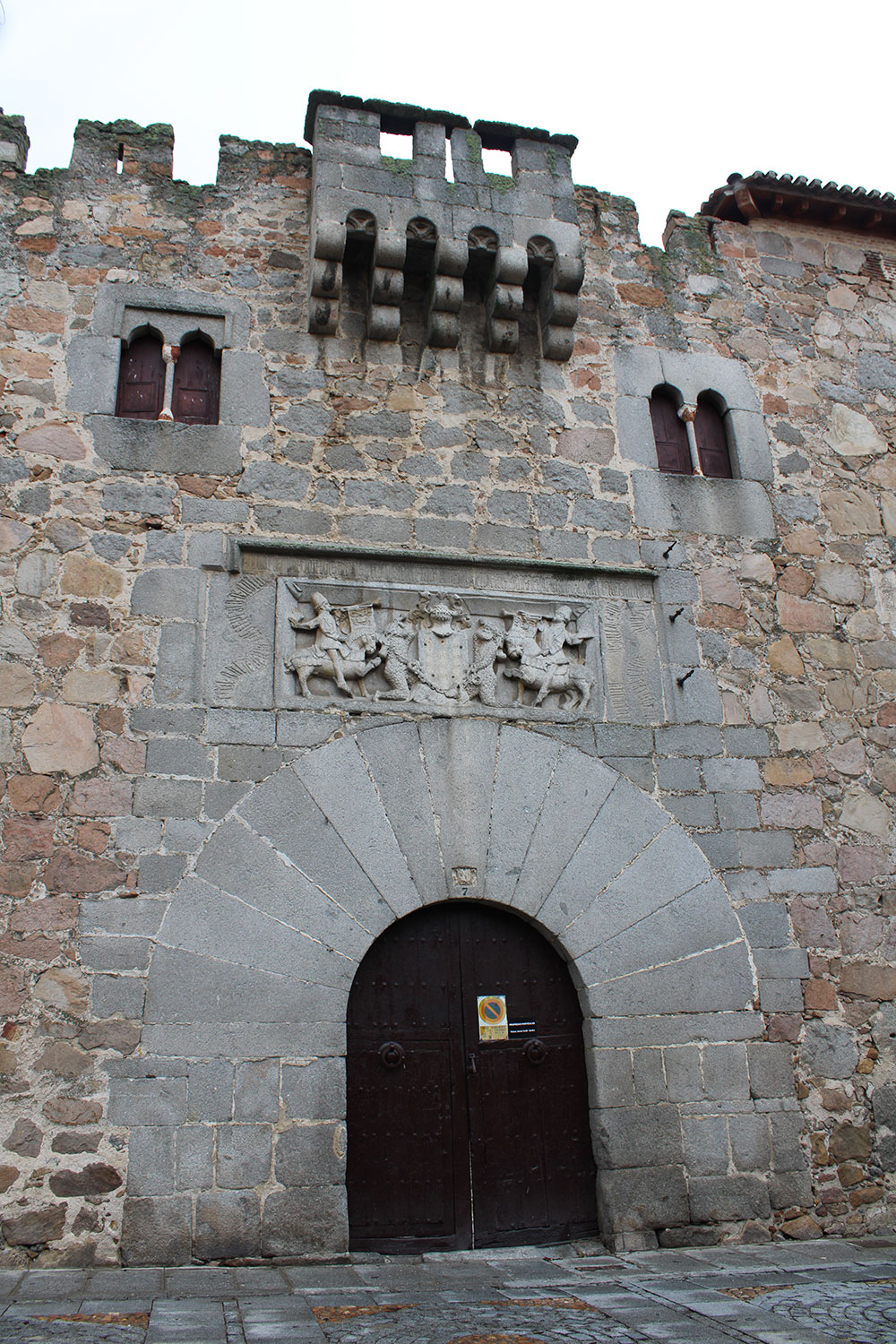

Obviously, one can’t visit Avila and not marvel at its tremendous walls that are almost 1000 years old now. For a fee, you can walk along the top of some of the walls, but you can also walk alongside them for free. They are quite extraordinary and envelop a town that’s actually quite sizable. It took me about 20-30 minutes to walk from one side of Avila to the other. There’s also the Four Posts of Avila which are quite popular. Their origin is a bit unknown, but it’s said St. Teresa met her uncle and brother at that very site to flee the Moors. Today, it’s more known as a photography spot to get sweeping views of the walled city. The Four Posts are said to be “out of the way” but it’s actually a 10 minute walk outside the city walls.

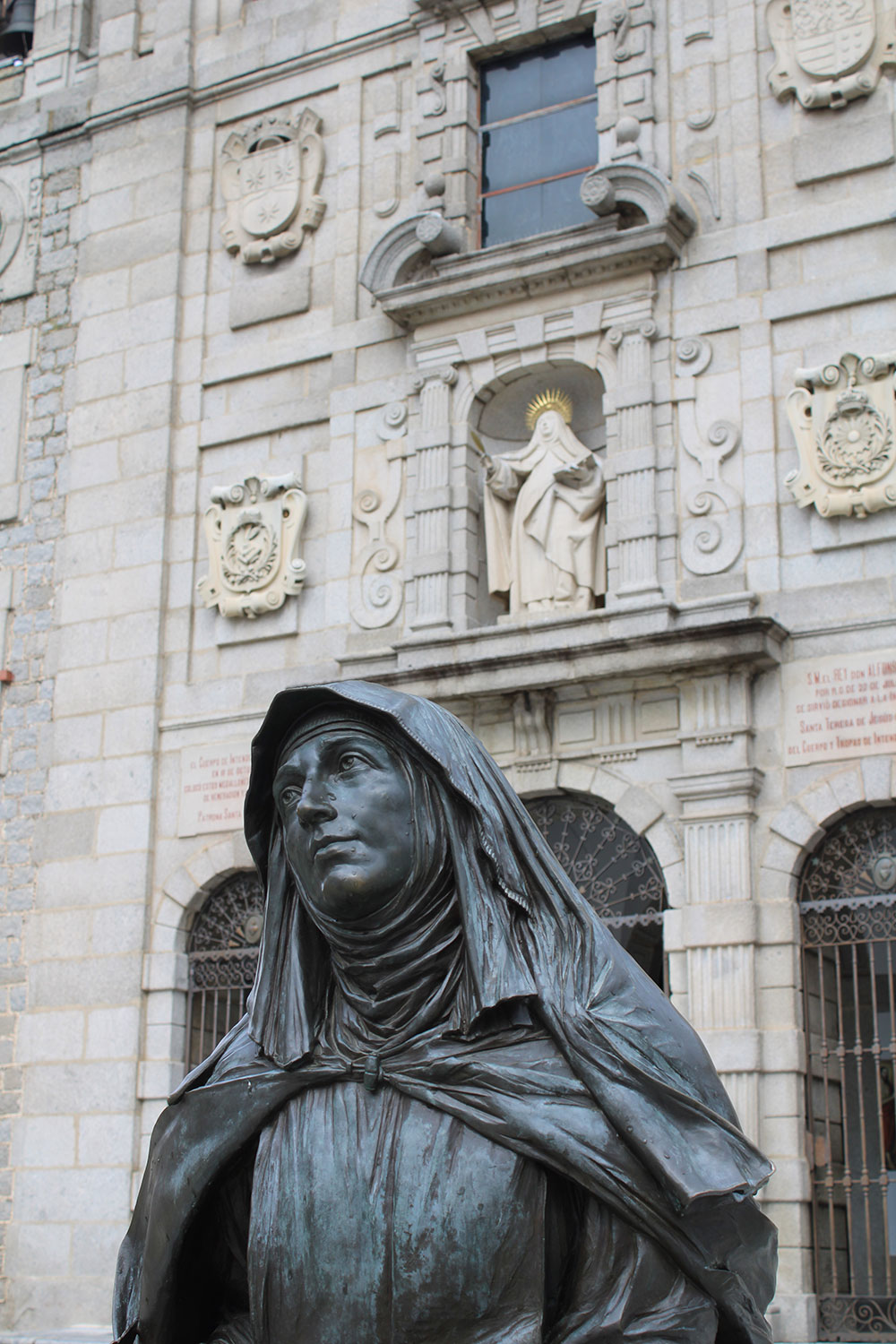
Of course, you might also want to explore some of the history related to St. Teresa. There are a few places to explore in the same area, but make sure you see them all. First, you’ll want to see the Convento de Santa Teresa, which has a statue of her outside. It’s not an incredible convent comparatively but it is free to go inside. The most important experience, I think, is to the right of the convent if you’re looking at it straight on. There’s a door you go in that leads you to a small museum of relics. This has some really amazing artefacts, such as St. Teresa’s finger and part of her walking stick. It’s very much worth the visit. Now the third place is towards the back of the convent, and there are signs to lead you there. This is the Museo de Santa Teresa. This has artefacts such as manuscripts and pottery that dates back to St. Teresa’s time in Avila but a majority of it isn’t related directly to her. This costs a few euros and I think it’s worth skipping unless you’re into manuscripts.
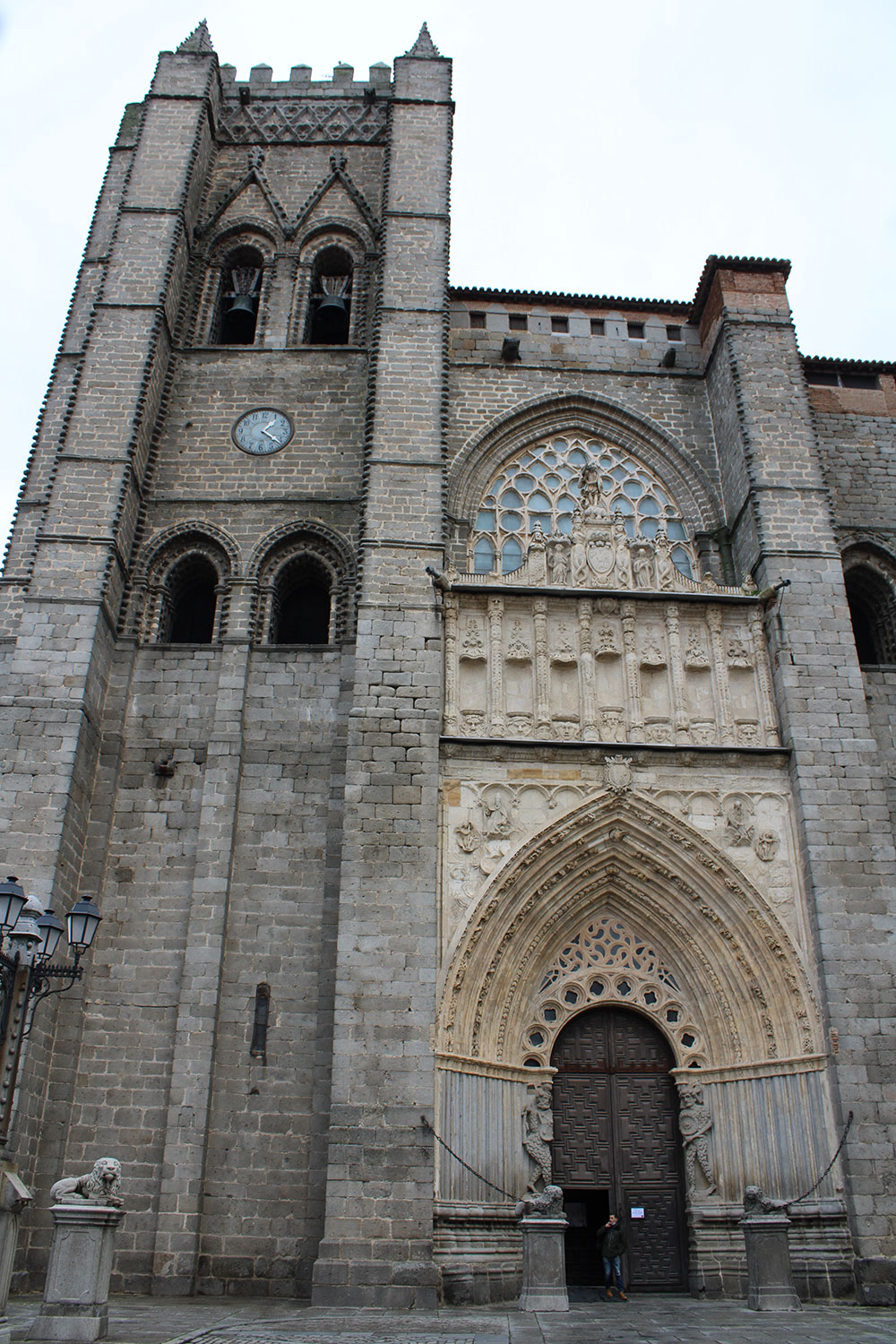
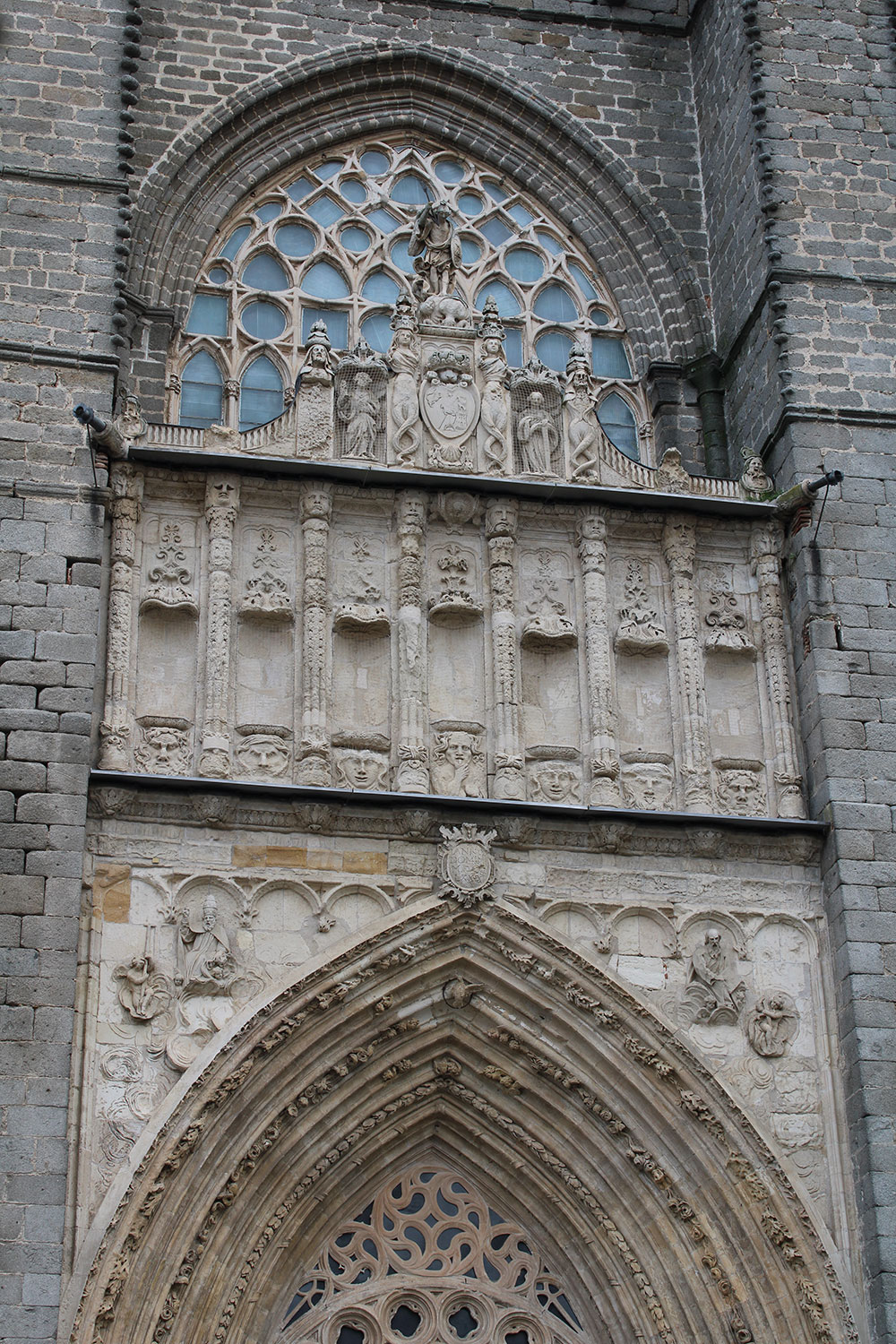

The convent is not to be confused with many of the other churches in Avila. One of the most notable is Avila Cathedral, and Iglesia de San Pedro Apóstol. There’s also the Basilica de San Vicente and Real Monasterio de Santo Tomas to explore, though they were unfortunately closed when I had time to see them. It’s very important when you organise a trip to Spain that you account for siesta hours.

If you have time, you can also stop by the Museo de Avila. I was a bit museum-ed out at this point and chose to explore the city on foot instead. I was impressed with how large the city is. Inside the walled section is quite an eclectic mix of architecture dating back to the medieval era, and there are lots of streets and buildings to explore in the east of the city. The more west you go, the more residential Avila gets. The city continues outside the city walls, though those areas are of course much newer.
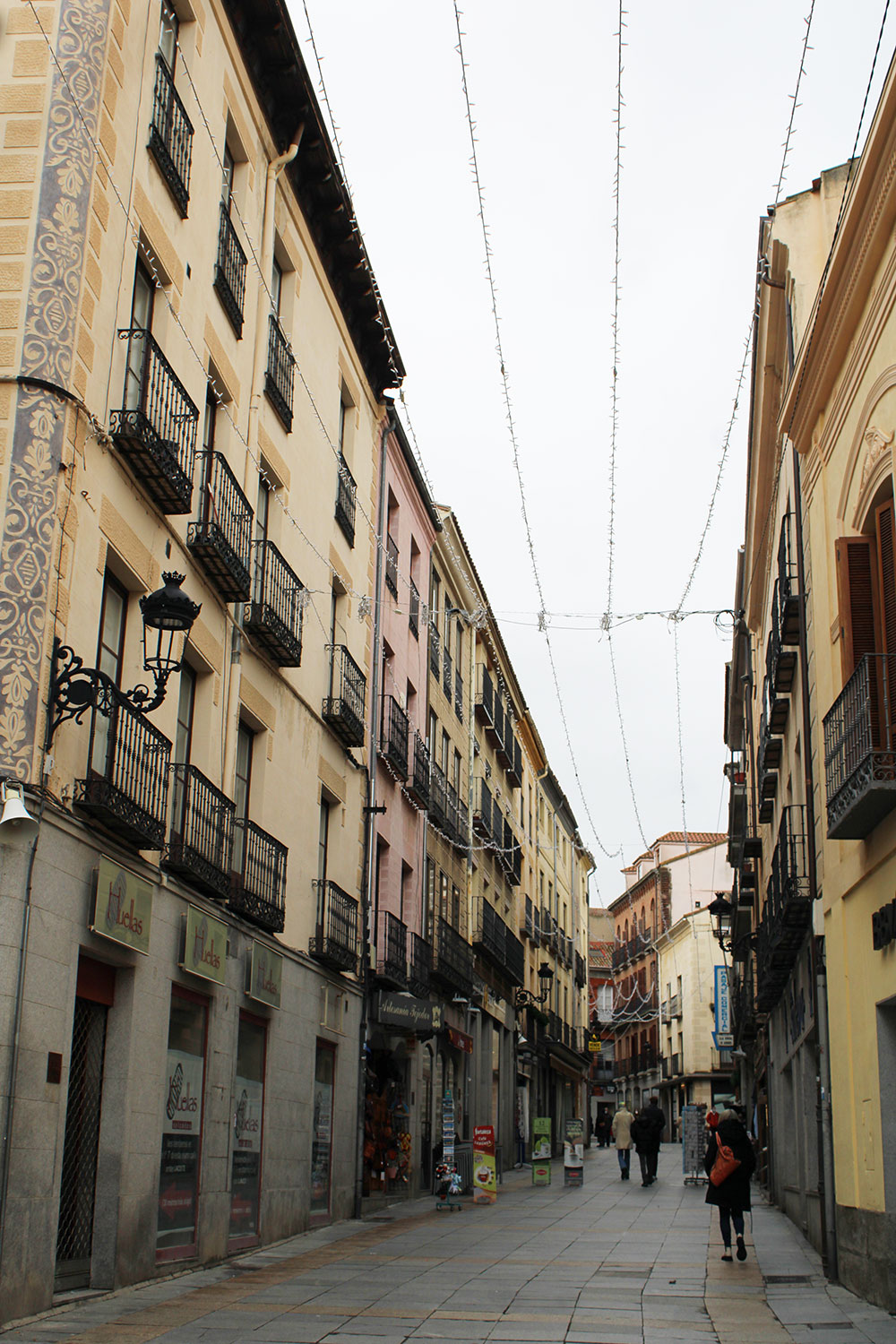
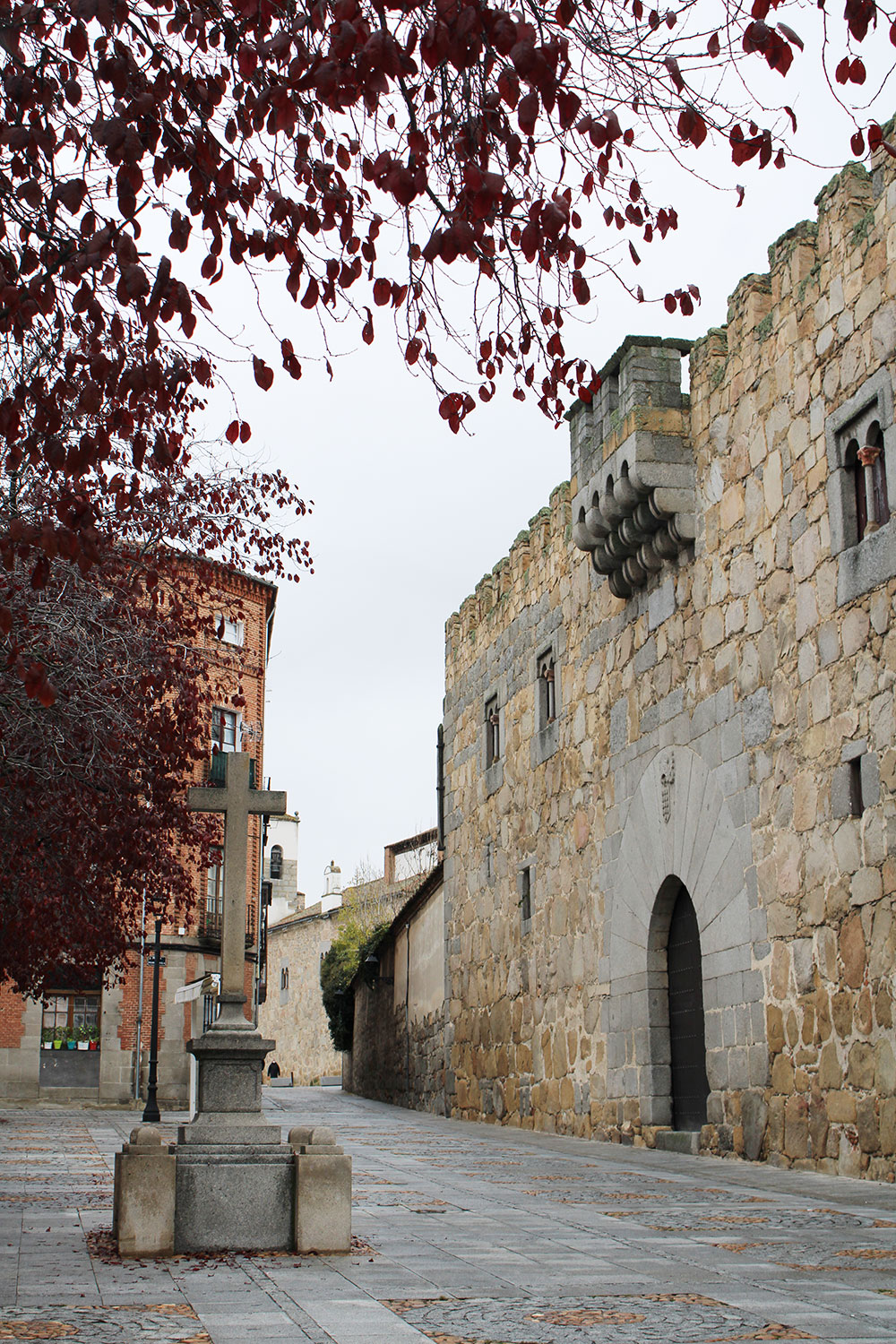
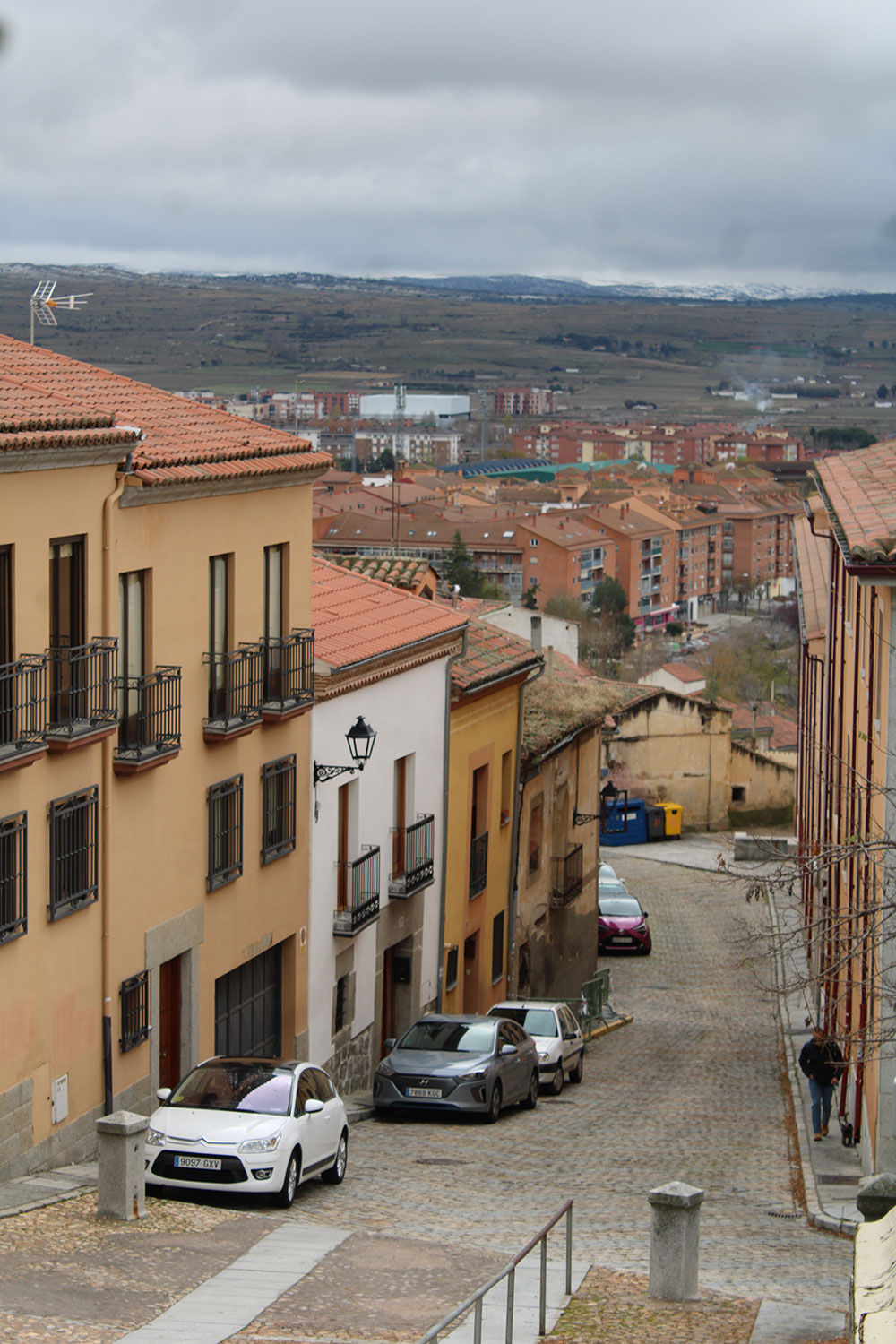
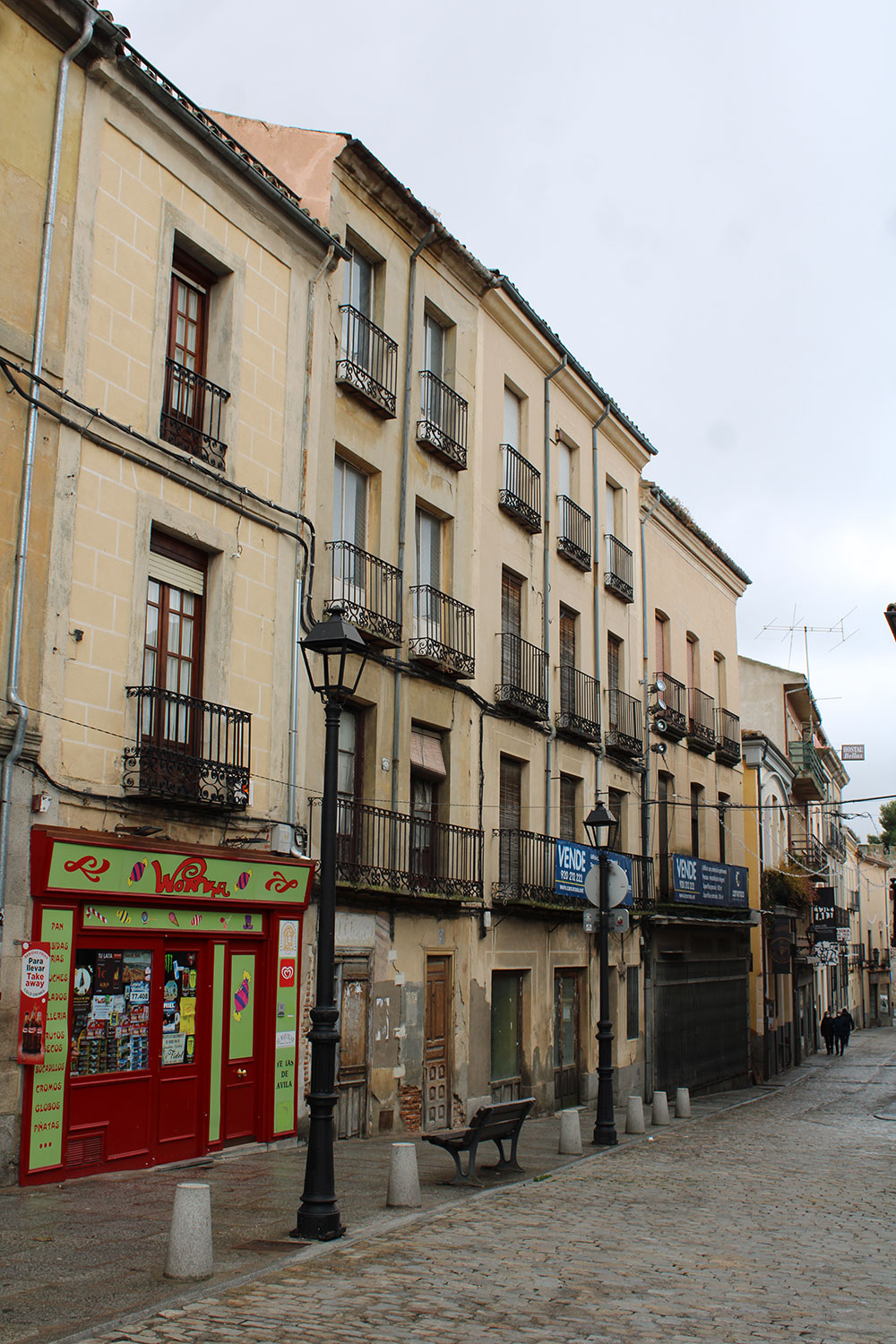
If you eat egg, you can also try a yemas de Santa Teresa pastry.
Considering that Avila is known as an incredible medieval town, I was surprised with how modern it looked and felt. For a history nerd like me, I was a little disappointed, but the city still has a lot to boast of. Avila is a definite must-see for devout Catholics and people interested in St. Teresa. For others, I’d recommend keeping it on your radar but wouldn’t consider it a must-see.

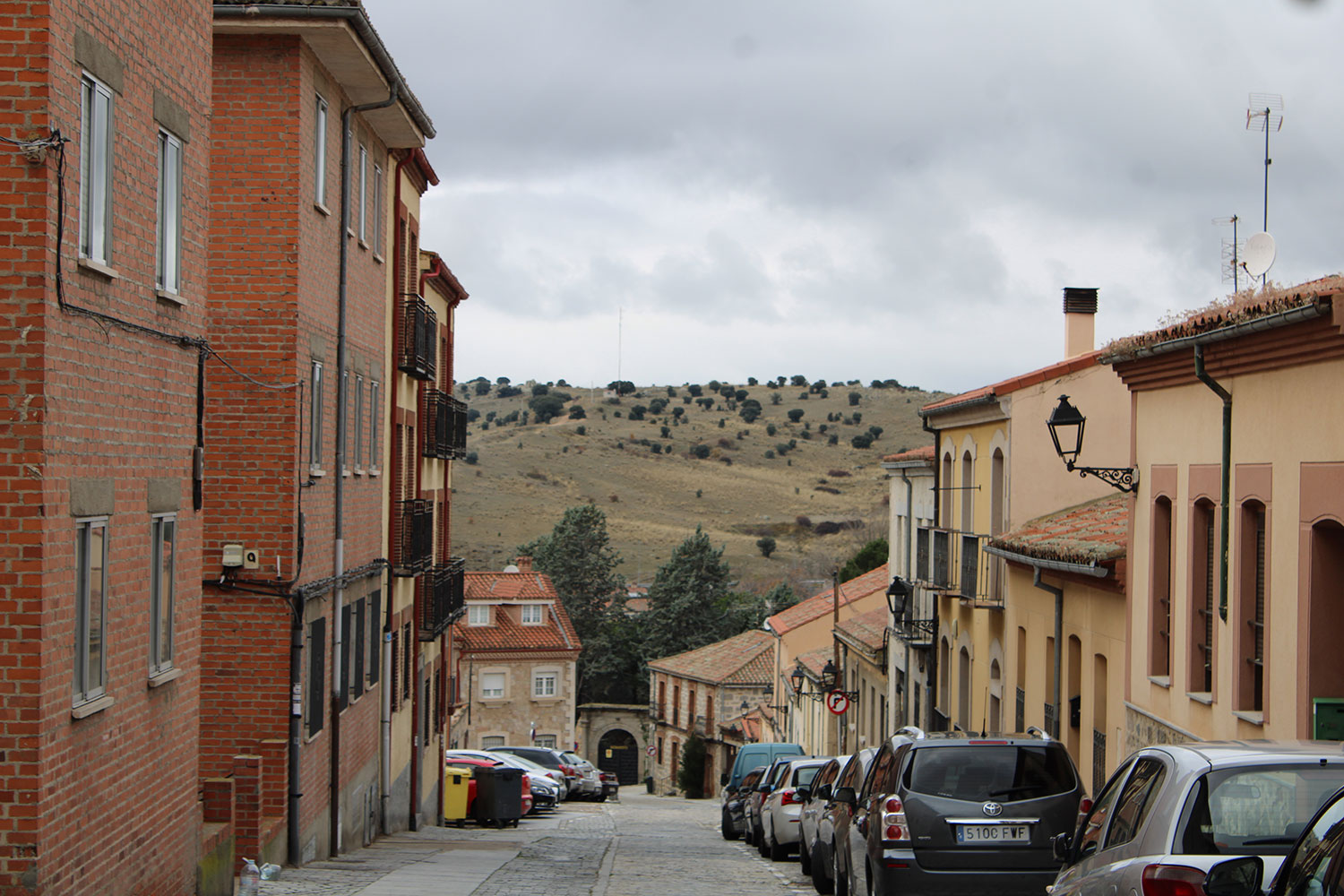
However, if you have the time and are considering a good day trip from Madrid, Avila is definitely a solid choice, and I certainly hope you enjoy it!
Book an Organised Tour
Book Your Stay
About the Author
My name's Lilly and I'm a Baltimore-based travel blogger with a focus on art and history. I work full time and manage to get in several trips a year. Learn more about me.Tags: avila, europe, spain













